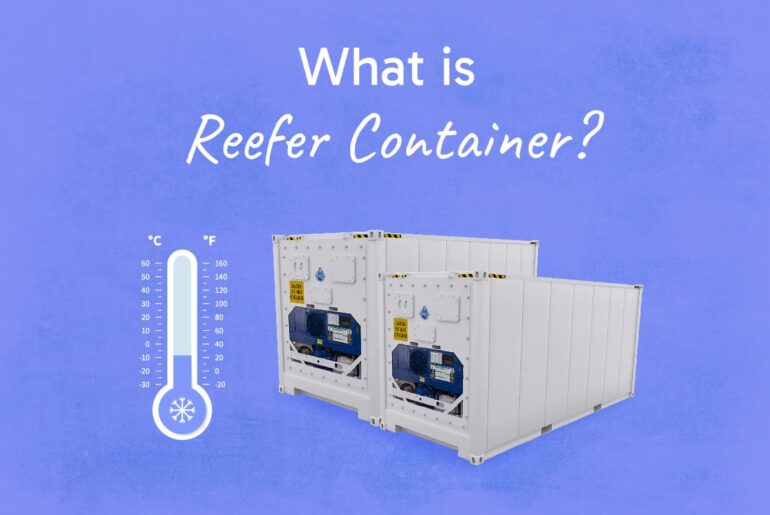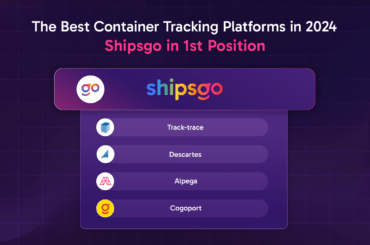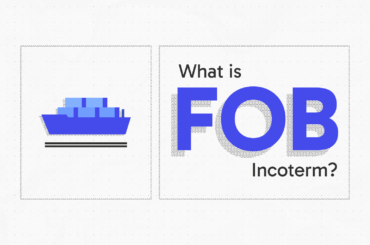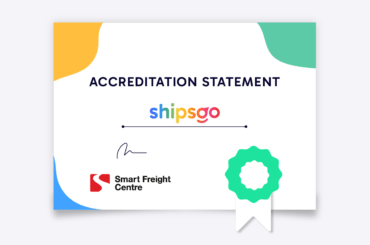A reefer container, or refrigerated container, is designed to transport temperature-sensitive shipment at precise temperatures. Containers of this type are designed to maintain temperatures between -25degC and +25degC. Reefers have a cooling unit on one side. Connecting the unit to a power supply will allow it to fill the container with cold air. The constant flow helps to maintain the temperature within the unit.
How Does a Reefer Container Work?
Reefer Containers consistently maintain the container’s temperature, atmosphere, and humidity throughout the transit time. There are four factors to consider when shipping reefer containers: temperature and ventilation, humidity levels, and drainage.
- Temperature: All standard Reefer containers are designed to maintain temperatures between -25degC and +25degC when storing chilled and frozen shipment and produ cts. A small percentage of the reefer fleet in the world can also maintain temperatures down to -35deg C, or even lower.
- Special containers, called super freezers, can maintain temperatures lower than -70deg C.
- Ventilation: To maintain a chilled temperature, the air must constantly flow through the shipment to remove gases and heat. The transport boxes should, therefore, be ventilated. Fruits, vegetables and some beverages need to be ventilated with fresh air and freeze area. The air around the frozen shipment must be able to circulate. No significant gaps should exist between the shipment and the walls. The shipment should be stacked in blocks.
- Humidity: Some products are better off with less moisture in the air. A dehumidification unit in a refrigerator can reduce the amount of moisture in the air. While some units can achieve 50% relative humidity, the standard range is between 60%-85%.
- Drains are designed to drain excess water, which may accumulate in the containers. Their design also prevents water and insects from entering.
- The reefer machine cannot run independently; it must be plugged into an electric source. This source could be in a depot or terminal, on a ship, or even a genset.

What Is a Reefer Container Shipping Used For?
Some of the most commonly shipped refrigerated food items include:
- Meat (frozen and refrigerated)
- Seafood
- Fruits and vegetables
- Milk and dairy products
- Processed food
- Juice and beverages
- Alcohol Beverages
Why Tracking at ShipsGo?
Using ShipsGo for shipment tracking has several benefits for both shippers and receivers. Firstly, it allows you to stay informed about the progress of your shipments. Giving you peace of mind and enabling you to plan your operations accordingly. You can export/import as you wish and monitor all of your shipments in one place.
Overall, the ShipsGo Container Tracking Platform is an indispensable tool for anyone looking to track shipments. Its user-friendly interface and real-time updates make it a reliable and efficient way To stay on top of your shipments and ensure that everything arrives on time and in good condition.




